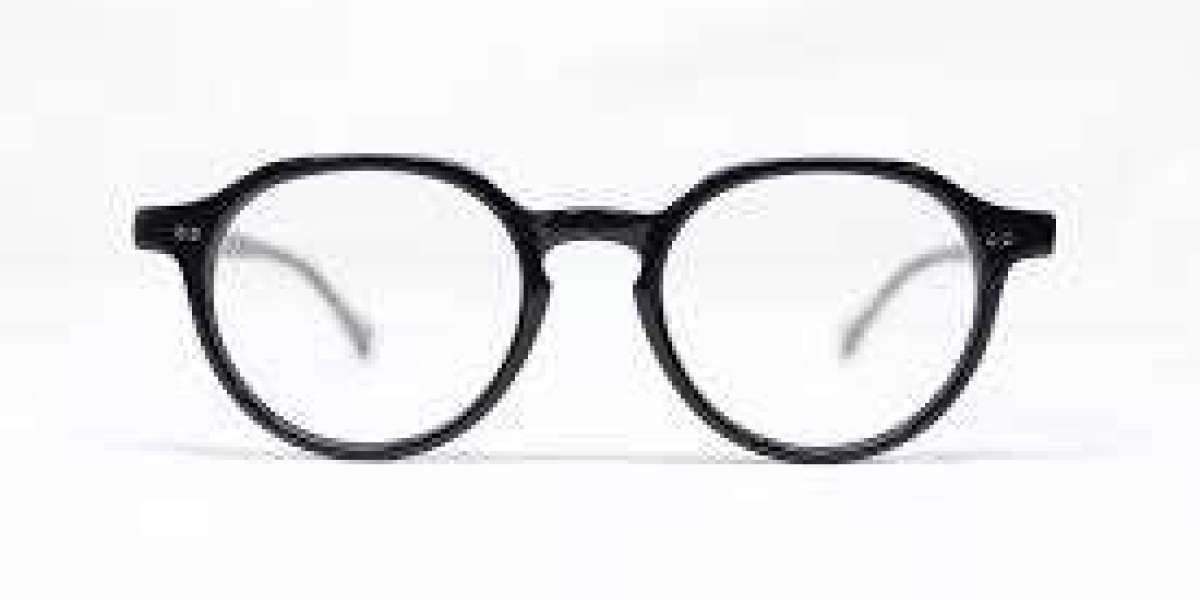Frame type
We are divided into these three categories: full frame, half frame and no frame.
The whole frame does not need to be introduced, it is the most common type of frame on the market and we often choose.
Half frame browline is the type of rise in recent years, because there are many styles look a little business sense but very fashionable, so it is sought after by fashion people. Compared to face shape is not too picky, especially suitable for round face and square face.
Rimless glasses are relatively rare, and it is not recommended that you try it easily, some rimless mirrors on the market are very pioneering, but most of them emit a strong smell of old cadres, quite extreme.
Frame material
The common frame materials on the market are no more than these 4 kinds: plate, metal, titanium and TR90, different materials have different advantages and disadvantages.
Plate frame: The use of high-tech plastic memory plate manufacturing, the advantages are firm and glossy, not easy to deformation and discoloration, durable, and stylish, everyone is familiar with the black thick frame glasses are mostly plate material.
Metal frame: In fact, it can be divided into a variety of different metal materials, in general, the advantages are strong and wear-resistant, good flexibility, good elasticity, and relatively light weight.
Titanium frame: Many optometrists recommend titanium frame to students, because this material is very light, long wear will not have too much burden, and durable hardness is very good corrosion resistance, will not cause skin allergies.
TR90 frame: This is a kind of polymer material with memory, the advantage is lighter than the plate frame, toughness is not easy to break, so it can prevent damage to the eyes due to impact during movement.
How to choose lenses?
How many people enter the optician store to choose a fashionable frame, the face of the clerk handed over the entire lens catalog but can not start. What, Zeiss? What sphere? What refractive index? What resin lenses? Confusing, here is a simple answer for everyone.
What material to choose?
Common lens materials are divided into glass, PC and resin 3 kinds. The glass material is thick and fragile, and it is less used now.
PC is a plastic material, the advantage is very light, lighter than resin, and toughness is not easy to break, the biggest disadvantage is expensive.
Needless to say, most people wear resin lenses. The advantages are strong impact resistance, light weight and light volume.
Spherical and aspherical?
When matching glasses, the shop assistant will usually introduce you to two kinds of spherical and aspherical lenses, the price is quite different, what is the difference between them?
The spherical lens is a curved surface with a certain curvature on the surface, so it is difficult to avoid aberrations.
Compared with aspherical lenses, the image effect is much better, the field of view is clearer, and the lens is thinner. However, the price is high, so it is usually recommended for people with higher degrees of myopia.
What is refractive index?
A set of numbers that we can not ignore when we are getting glasses, 1.56, 1.60, 1.67, 1.74 and so on. In the case of the same center thickness, the same degree of the same material of the lens, the higher the refractive index of the lens edge is thinner.
Generally speaking, the higher the refractive index of the lens, the more expensive it is. Therefore, when the budget is limited, you should make a choice based on your myopia degree, optician budget and acceptable lens thickness, and you can consult an optician.



